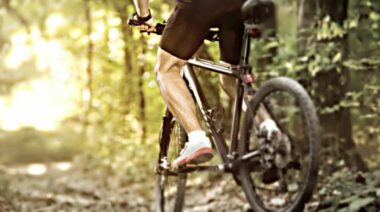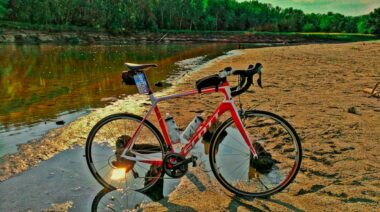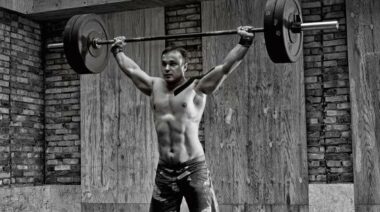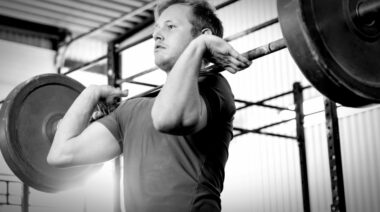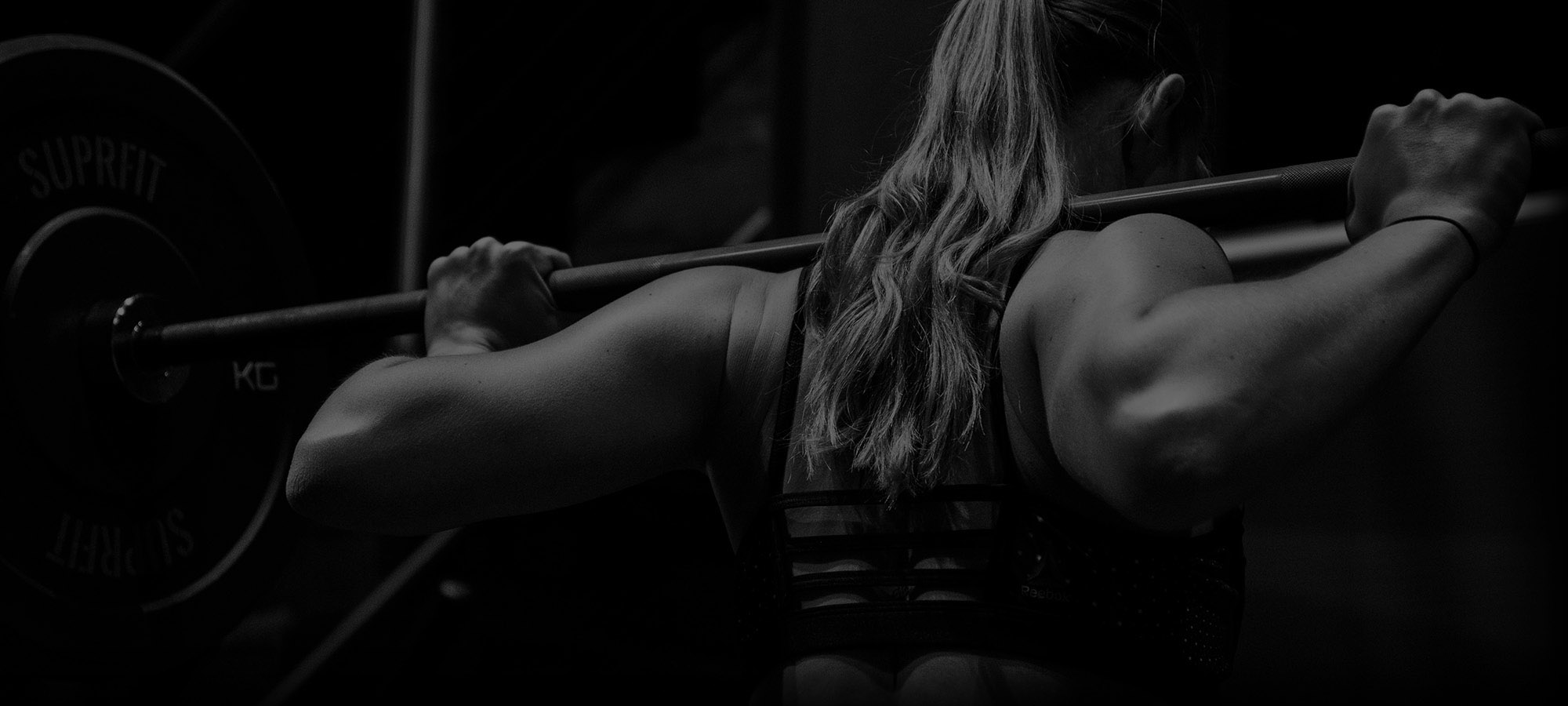You know something is important when a bunch of really clever guys all repeat it. I originally heard the following in Dan John’s excellent DVD Intervention. He attributed it to Brett Jones. So I emailed Brett and asked him and he told me he first heard it from Eric Cressey! Considering the list of names who thought it was clever I really sat up and took note:
Maximal strength is the glass in which all other strength qualities fit into and at a certain point you will be limited by the size of the glass.
Then, on digging further during a conversation with Pavel Tsatsouline, Pavel shared a quote from eminent researcher Matveyev:
Strength is the foundation for development of the rest of physical qualities.
Strength comes in many guises from the commonly known maximal strength to speed strength, starting strength, relative strength, and on and on all the way to strength endurance.
Strength endurance is the ability to produce force for time. The more strength you can generate, and the longer you can do it for, the faster you will ultimately travel over distance.
Bompa says, in Theory and Methodology of Training, that, “Power is the dominant motor ability in most sports…Power is the product of maximum strength and maximum speed.” In other words, to be first across the line you may well benefit from concentrating on strength first!
Getting stronger is often associated with gaining lean mass, but ironically the athletic truth is bigger is usually no better, and often quite worse, especially when it comes to endurance sports.
Let’s use an example: imagine I have a rocket that weighs 1000kg and has an engine that produces 2000kg of thrust for 30 minutes. Now imagine two different scenarios, one with the same rocket weighing 1000kg, but with a new engine that produces 3000kg of thrust with the same amount of fuel. That rocket can either go faster for the same period of time, or it can go at the same speed as the other rocket, but more fuel efficiently.
But imagine if that rocket had weight added to it when the engine was made more powerful? What use is adding 1000kg of thrust if you add another 500kg of weight? The ratio of thrust to weight is the same. And this is exactly why athletes are often so concerned about their bodyweight. A slight rise in bodyweight can make you much less efficient over a long distance. (In cycling a single kilogram is seen as a 1.25% difference in necessary power out put, or five watts extra needed just to go the same speed).
But here is where most people start to make mistakes in their own training. There is no suggestion here to get as strong as possible, merely to get strength to the “highest level of the athlete’s capacity.” Depending on the athlete this will be very different. A 1500m runner will have a substantially different ability to enhance maximal strength than a 200m runner and, likely, trying to be as strong as a 200m runner will have no positive effect on running 1500m.
There simply comes a point where the gains in maximal strength start to tail off and no further benefits can be found.
But for many this point is years away, if not indefinite. Consider that studies have shown where VO2max remains stable in elite speed skaters, yet results continue to improve (Orlov & Sharova, 197) or the same in cyclists over multi-year periods (Melenberg at al, 1972).
So the goal needs to remain the same – get stronger. For the endurance athlete to achieve this goal, split your year into three parts:
- The first part is all about base preparation. During this time, work on general strength and general endurance. This is characterised by easy rides, runs, swims, and resistance training of moderate volume using sets of eight to ten reps.
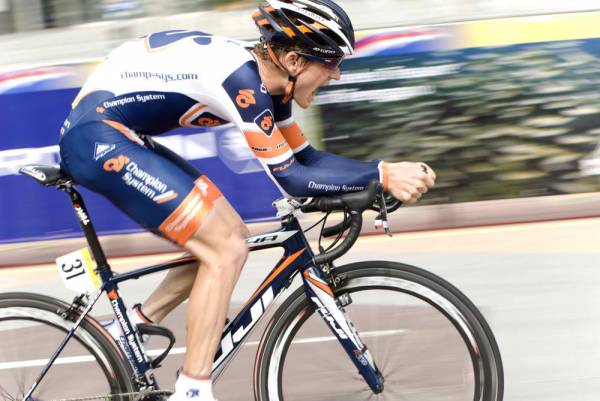 In the second part, switch to maximal strength training using sets of four to six reps and introduce some special endurance sessions such as those to increase lactate threshold (LT). Remember that “endurance training requires more time for restoration than explosive training” (Siff, Supertraining, 2003) and therefore these sessions need to be tempered with sensible increases once introduced to training – an LT session taken a little too far can wipe you out for a week!
In the second part, switch to maximal strength training using sets of four to six reps and introduce some special endurance sessions such as those to increase lactate threshold (LT). Remember that “endurance training requires more time for restoration than explosive training” (Siff, Supertraining, 2003) and therefore these sessions need to be tempered with sensible increases once introduced to training – an LT session taken a little too far can wipe you out for a week!- And finally, in the third and final stage of preparation for your event it is important to utilise methods of training to develop the specific strength the event requires, as most external training means differ in motor recruitment. This means you need to get onto the hills! Serious runners and cyclists will tell you the fastest way to build sport specific strength is hill work, and it is during this final phase you should add it in. The length of this phase will depend on your event and how seriously you are taking it as well as the depth of your base fitness.

